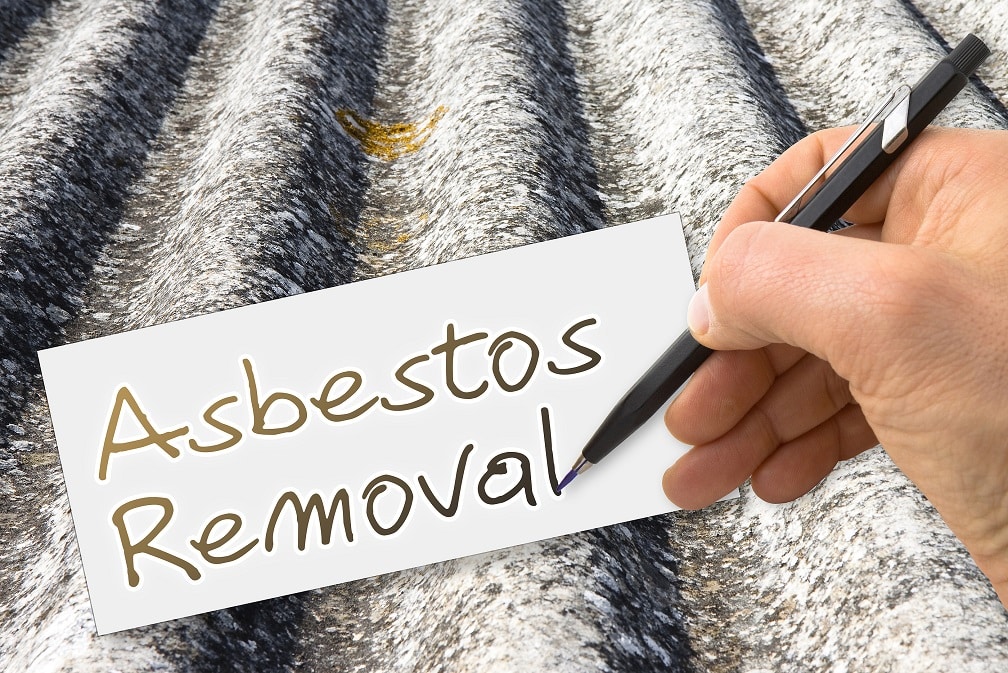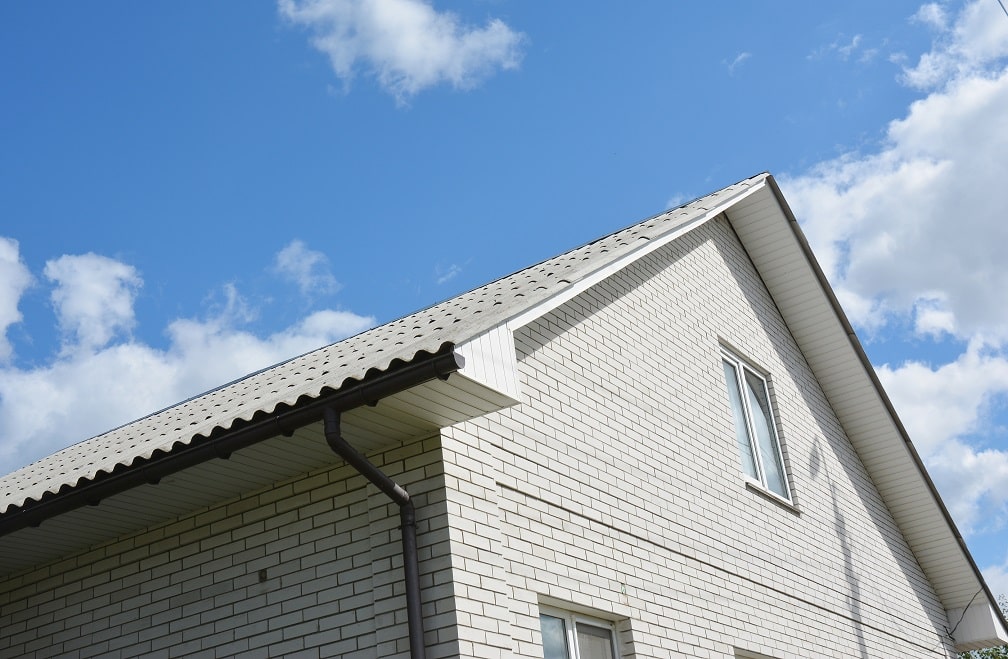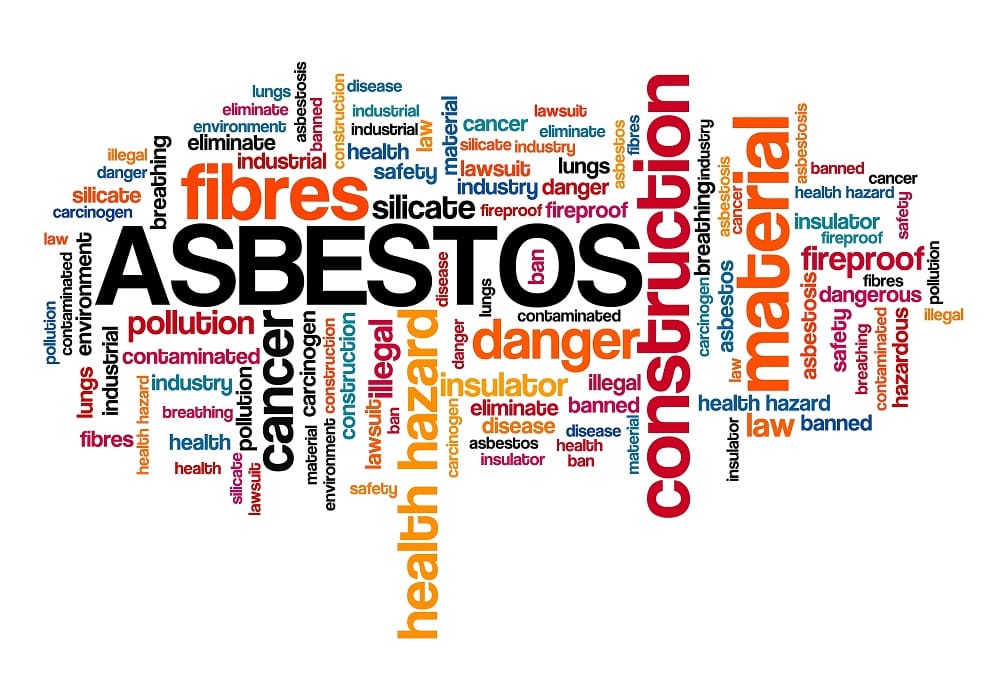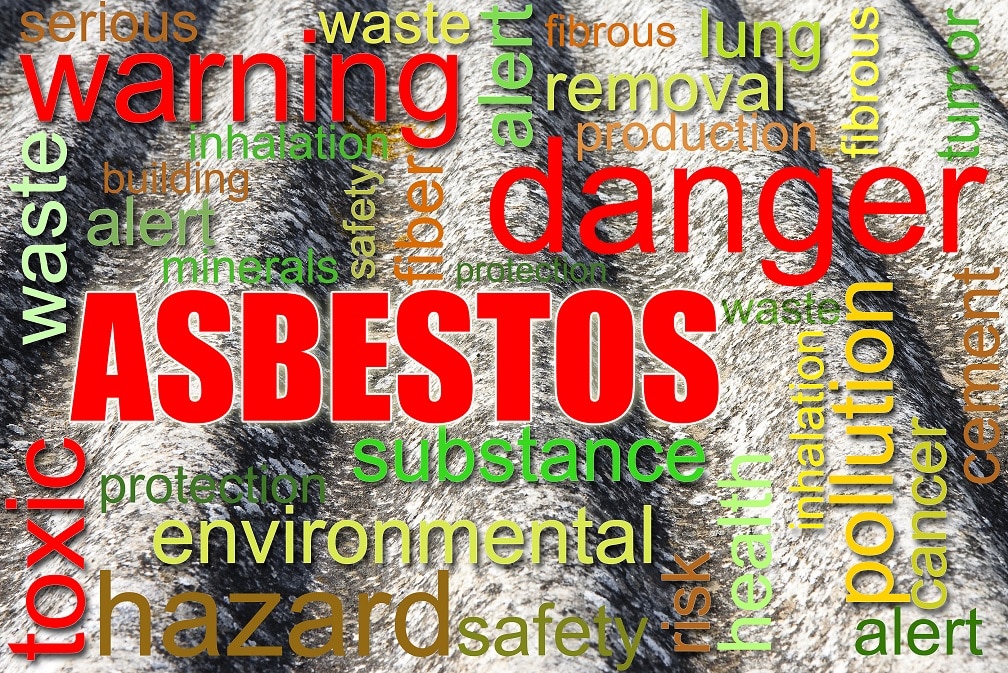House demolition in the US is comparatively straightforward, but that doesn’t make it a walk in the park or less intimidating if you are a first-timer. The situation, however, becomes slightly more complicated if your house has asbestos and where your house is located as the state rules and regulations may differ.
There are specific federal rules and regulatory requirements that govern the demolition of houses with asbestos materials. They require identifying any asbestos-containing materials (ACM) in the residential buildings that are being torn down or renovated.
Notification must be submitted to the EPA or state asbestos National Emission Standards for Hazardous Air Pollutants (NESHAP) coordinator at least ten working days before the demolition commences, even if the building doesn’t contain asbestos.
Regulated Asbestos Containing Material
Before beginning the demolition, the house must be thoroughly inspected to establish whether it has any asbestos-containing material (ACM) or regulated asbestos-containing material (RACM) and in what amount.
Under the Asbestos NESHAP, RACM generally includes any ACM that contains more than 1% friable asbestos. This is asbestos that can crumble when dry or can potentially become friable when disturbed and capable of releasing asbestos fibers into the atmosphere during the demolition process.
Non-friable ACM are those building materials that contain over 1% asbestos. Examples include gaskets, floor coverings, packings, and asphalt roofing products.
Asbestos Inspection
For facility demolitions under the purview of the asbestos NESHAP, you must get a thorough inspection before the commencement of the demolition or renovation. Residential structures or the portion to be renovated or demolished must be thoroughly inspected for the presence of asbestos-containing material or regulated asbestos-containing material.
The information gathered allows the owner to determine which NESHAP requirements will apply to the demolition project.
Asbestos Abatement
Usually, before tearing down or renovating a house, federal law requires you to perform asbestos abatement. This is designed to keep the surrounding community and future occupants safe. Asbestos abatement entails safely removing all of the toxic substances such as asbestos from the building so that it doesn’t get released into the environment.
Once airborne, asbestos fibers can be inhaled, and according to the World Health Organization (WHO) all forms of asbestos are carcinogenic to humans. Inhalation of asbestos can lead to asbestos-related lung cancer, mesothelioma, and asbestosis.
Emergency Demolition
If you have exceeded the threshold amounts of regulated ACM, you must have the materials removed before demolition. The removal must be done in compliance with EPA and OSHA standards.
Many buildings constructed before the 1970s contain lots of asbestos-containing materials. It is estimated that 80-90% of such old homes probably contain asbestos. When a house is deemed unsafe such that workers cannot enter, asbestos abatement cannot be safely undertaken. The building must be razed n a process known as emergency demolition.
Conclusion
You can tear down a house with asbestos, but there are several requirements to be met first.
All buildings to be demolished or burned down must first be inspected by an accredited inspector. However, there are some exceptions, and you may have to consult with your respective EPA or state asbestos NESHAP coordinator.





